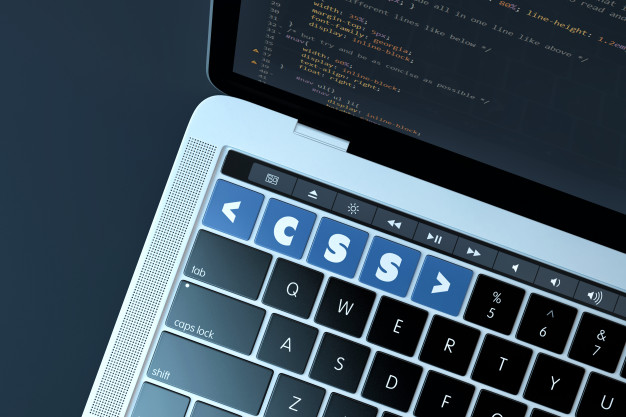Being well prepared for a technical interview requires a sound knowledge of the topic along with the confidence that shows in your answers. Though nothing beats the palpitations and invisible sweat beads you experience during a CSS interview, to the point answer without beating around the bush is the best way to ace a CSS interview.
You might be well versed with CSS topics, but here is a list of CSS questions which you cannot afford to ignore while preparing for a CSS interview.
1. How would you describe CSS? State some uses of CSS language.
Cascading Style Sheets is style sheet language. You can use it to elaborate on a document format as markup language. It delivers an extra feature to HTML. You can use it along with HTML to change the appearance of a web page and user interfaces. Major CSS functions are to remodel your old HTML documents. With the help of few alterations in CSS code, you can completely transform the way your website looks. It finds major applications in the development of user interface for web and mobile applications.
2. How can you add CSS properties to HTML documents?
There are 3 different ways in which you can confer CSS properties to HTML documents.
You can insert Inline CSS in a single line/element in the HTML document. You can write Internal CSS in the head section of HTML to apply CSS a single HTML document or page. You can use External CSS to apply CSS on more than one page or all pages by writing CSS code in a CSS file. Then you must link this style.CSS file to the relevant HTML pages and use the link tag in the HTML head section.
3. Can you shed some light on CSS selector?
A CSS selector is a chain of HTML elements associated with a declaration. It can also be described as the connecting link between an HTML document and the Stylesheet. As the same suggests, you can use a CSS selector to select the HTML elements based on their class, type, Id etc.
Different types of CSS selectors are:
• Element selector
• Id selector
• Class selector
• Universal selector
• Group selector
4. Why do you need CSS preprocessors?
CSS preprocessors are the abstraction layer that lies over CSS. These special languages assemble down into CSS. You need them to manage CSS easily in the context of using components like variables and mixins to manage, say for example CSS vendor prefixes. You can utilize CSS preprocessors like Sass, Less and Stylus to do best practices like CSS compression and concatenating is an easier manner.
5. How does a CSS Float work?
CSS float is a property which you can use to position an element. It is done in a way that other elements can wrap around it. You use CSS float property with images and layouts.CSS elements can be floated horizontally only. This means that they can either move to the right or left to be displayed. The elements that follow the CSS float will wrap around it. Elements which lie before the floating element will remain in the same position.
6. What are the techniques that you can employ to clear floats?
CSS floats are very common and so is the problem associated with the collapse of floats. When a float collapses, the floated element fails to add to the height of the parent element. This means that if the parent element is fully composed of float elements, the collapse will reduce its height to 0.
You can use the following techniques to deal with a collapsed float:
• You employ a micro-clear fix.
• You make the parent element float.
• You may also choose to subject the parent element to an overflow property, apart from ‘visible’. This technique has a downside of shadow cropping.
7. How do you differentiate CSS3 from CSS?
CSS3 is essentially the advanced version of the original CSS. Both CSS2 and CSS3 are segmented into modules whereas CSS is an unsegmented language. CSS3 has many additions which help to perform multiple tasks in the swiftest manner.
You can use CSS3 to handle media queries for responsive web design, which is not possible with CSS. You can use CSS3 for different browsers; CSS doesn’t support varied browsers. CSS3 is laced with several new features in a combinator, selectors, pseudo elements and style properties. You can use new colors like RGBA, HSLA and HSL with CSS3.
8. What does CSS Image Sprite do for You?
CSS sprites are the combinations of several images in a page. Every image on a page requires separate HTTP requests. This means that loading all these images will cost you a lot of time.
The concept of CSS sprites is to compile all images on a web page into a single image and reduce the total number of HTTP requests. As a result, you need lesser time to load a web page.
Your answers allow the interviewer to get an idea about your skills and practical knowledge. Make sure to exhibit your qualities by giving precise yet adequate answers. Be ready for any on-the-fly questions with confidence and a smile on your face. Browse the latest CSS job vacancies at Monster.
Looking for CSS Jobs in top cities? Click at the links below:




